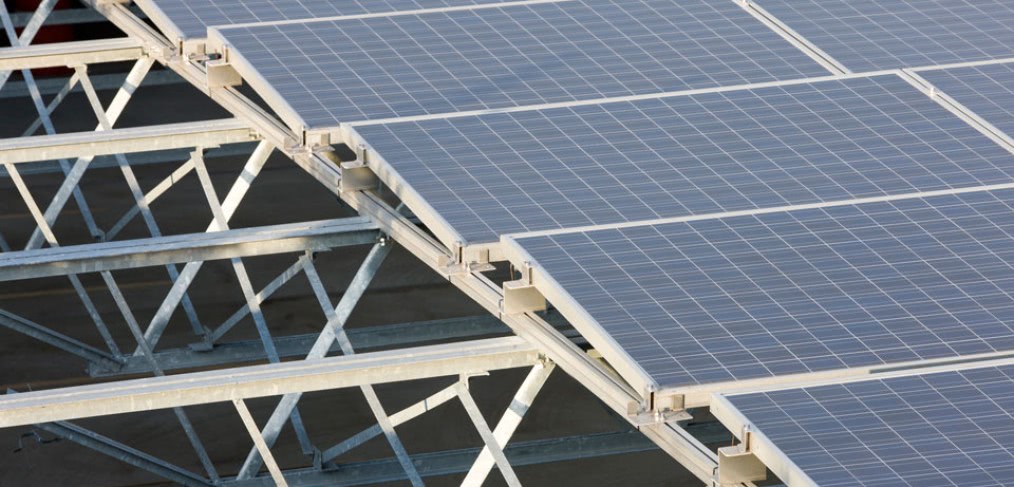
Designing for 2020
The 2014 Greenbuild International Conference and Expo included a one-day summit, largely based on the ideas and principles behind Hanley Wood’s Vision 2020 initiative. The summit proved to be one of the more thought-provoking events and brought together the top thought leaders in environmental building and sustainable design to discuss the pressing issues surrounding the state of the built environment.
For me, there was one particular statement that made a lasting impression. Sustainable building leader, Steven Winter made a deceivingly simple observation:
The decisions we make now will impact buildings that will be built in 2020. The choices designers make often take several years, if not longer, to translate into an impact on our environment. As a result, the year 2020 is, simply, now.
As we begin 2015, the year 2020 still seems like a far-off date. This statement makes it seem closer than ever before. There are many sustainable and environmental benchmarking tools setting deadlines for the next few decades. These targets include: the Architecture 2030 Challenge, the Chartered Institute of Building’s Carbon Action 2050 initiative, the European Union’s 2030 Framework for Climate and Energy, the 2050 targets being discussed at the 2015 United Nations Climate Change Conference and many others. Climate discussions and the imperative need for the building practices to change status quo are currently hot industry topics around the world.
CallisonRTKL designs more than 35 million square feet a year, an obviously enormous impact on human and environmental health. Design and construction decisions have the potential to lead to drastic water and energy savings, cleaner air, healthier communities, more equitable manufacturing processes, resource conservation, increased productivity and an increased quality of life. Our mission statement at CallisonRTKL stresses our commitment to creating a “better, more sustainable world.” When we think about targets for the year 2020, 2030 and even 2050, we are forced to think about ways to realistically achieve this goal. On a daily basis, we are confronted with deadlines and practical decisions, seemingly leaving no time to take a look at how our efforts can shape the future. Is it possible to bridge the gap and think about 2020 while balancing our daily workload?
There doesn’t (yet) seem to be a magical answer, but the Vision 2020 Summit speakers offered up some valuable takeaways. Paul Torcellini (Principal Engineer, US National Renewable Energy Laboratory) and Vivian Loftness (Professor, Carnegie Mellon University) pointed out that buildings do not need to be more complex, nor look to technological solutions, in order to be “smarter.” We do not need to increase our dependence on technology in order to design better buildings or communities. Loftness also points out that our fascination with technological solutions often makes designers and engineers look away from invaluable indigenous expertise, collaborative design and climate and culture-specific solutions. While products and technologies will continue to move forward, we as designers have a responsibility to educate ourselves and first use local knowledge, an understanding of climate and simple common sense to provide designs that bring added value at no additional cost to our clients. Isn’t it the goal of every project to get “more” for less cost? Maybe we are overlooking solutions that have the most impact because we have not been taught to first consider climate, solar orientation, place and community before putting pen to paper. Perhaps it seems that these steps take up precious time at the beginning of a project, though in the long run they have the potential to add the most value to the final design.
If we educate designers to look beyond current conventions, and if we reframe our discussions to include the impact of our work 10 or 20 years down the line, I believe that we increase the potential to add context to our daily decisions, to reframe discussions and to increase our creative and collaborative capacity.
